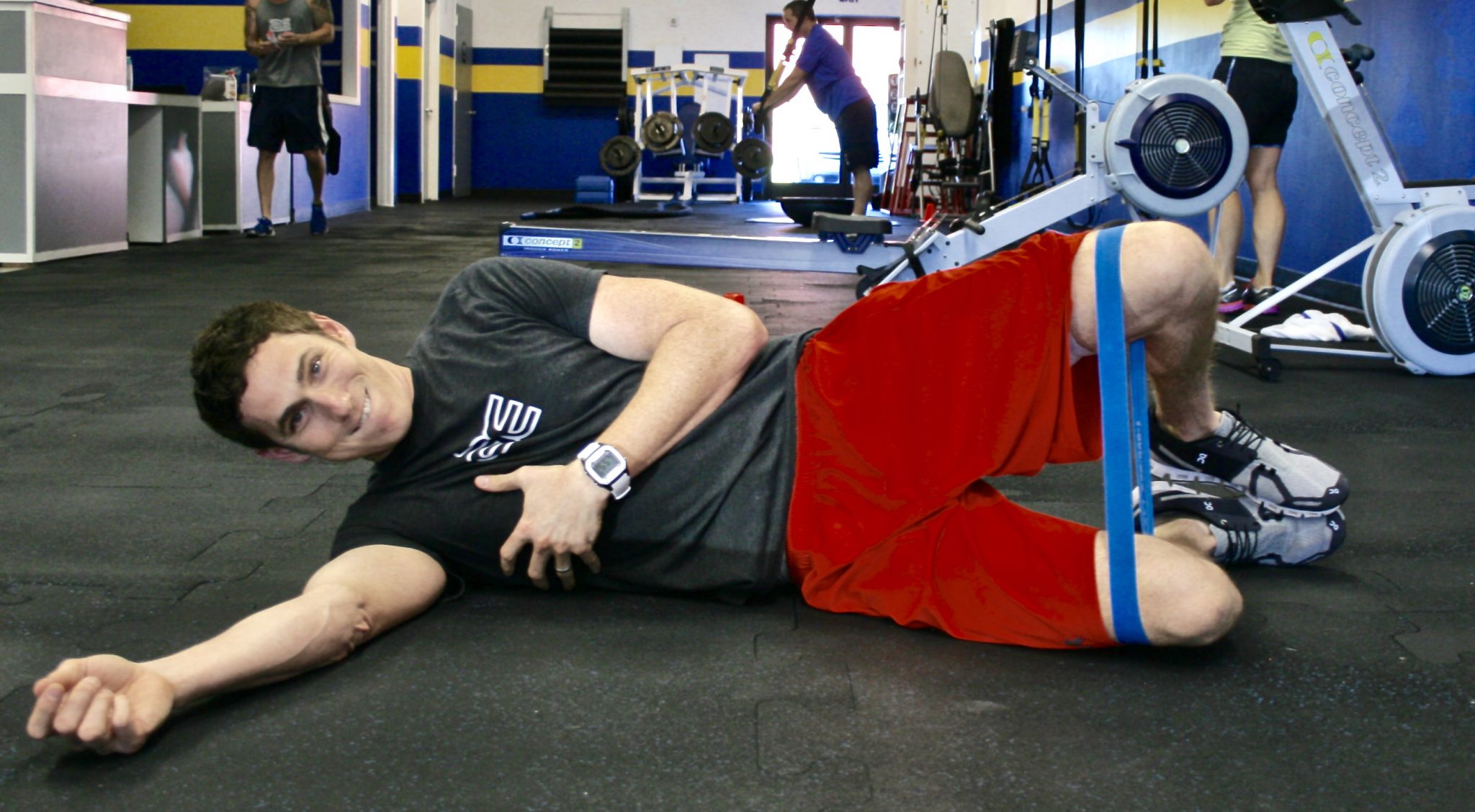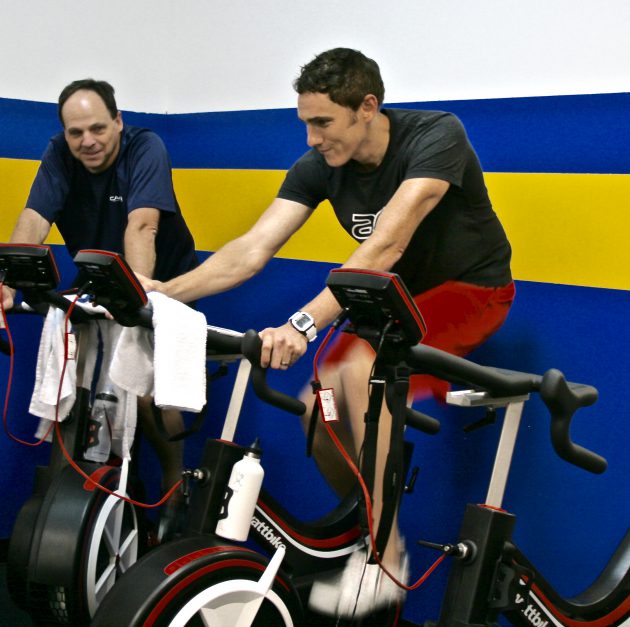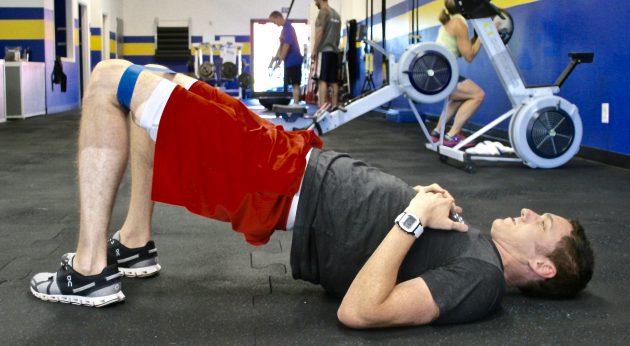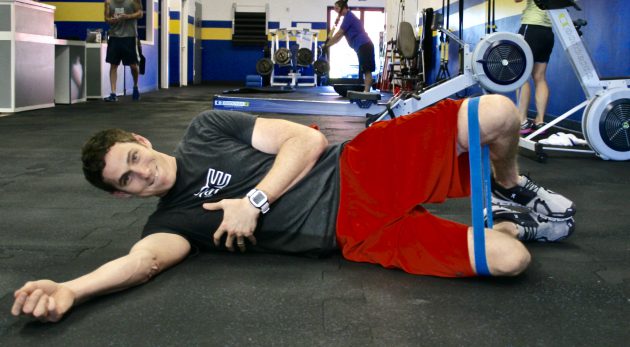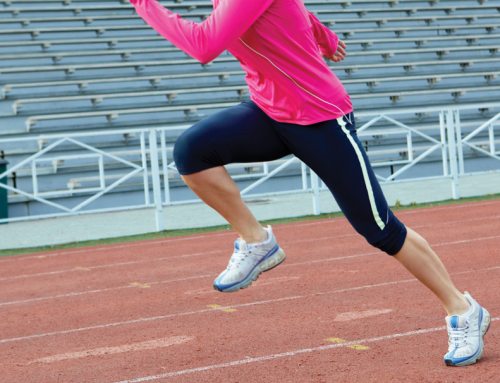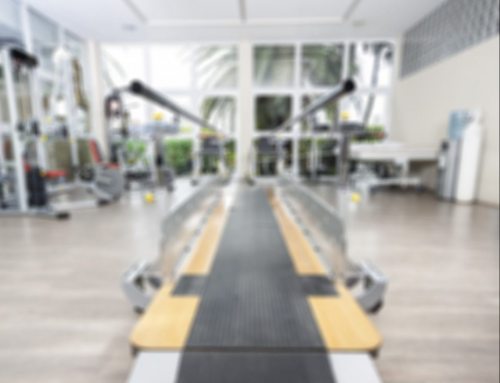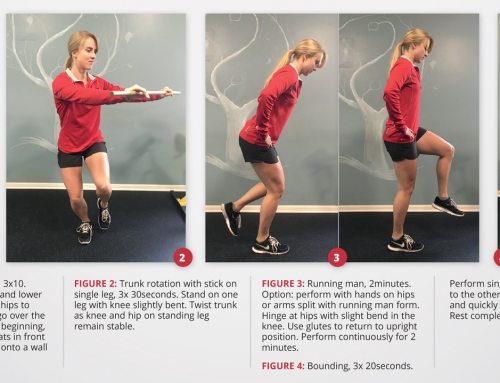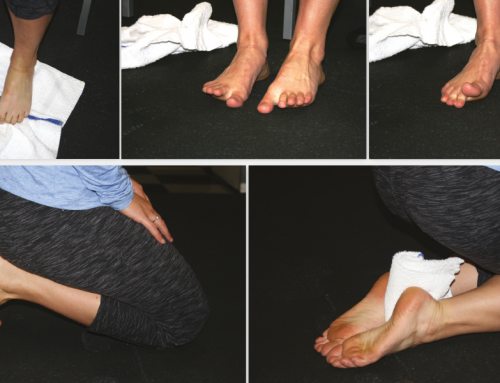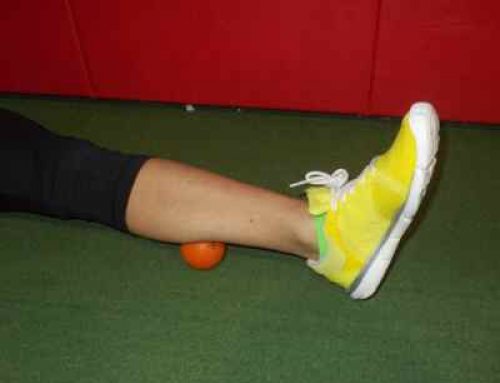By Brian Diaz
Dr. Chad Mather of Duke University performs almost 300 arthroscopic surgeries a year on femoral acetabular impingement (FAI). He estimates about 90% of the hip arthroscopies for FAI involve labral repair.
About 3 years ago I noticed some hip pain but only after hard runs or interval training. At the time, I assumed I might be irritating the bursa of the hip, backed off training for a few weeks, iced, and took some over-the-counter anti-inflammatories. Upon returning to triathlon training, the pain seemed to dissipate but was occasionally there while running. It was minimal and sporadic at best, and I resumed training for Age Group Nationals in Milwaukee that year.
As I started thinking seriously about my workouts and added intensity through the summer, I noticed the pain was getting more and more prevalent. I settled for decreasing training volume and skipping Nationals. In the fall, I resumed local sprint triathlons to qualify for Nationals the following year and the pain had dissipated once more.
Because of the increasing number of patients I was treating in my clinic for FAI, the possibility that I might have this too entered my mind. I jumped on my own self-prescribed routine of posterior chain exercises, addressing the tightness in the quads and adductors. After about 6-8 weeks of this diligent daily routine, my pain started to subside substantially and training became more comfortable.
I managed to keep the symptoms at bay for a solid 2 years and feel if I would’ve picked sports with less repetitive hip motion than cycling and running, I probably would’ve been able to go even longer without pain. I’ve treated golfers and baseball players from all over the country with this diagnosis, and they are still pain-free using the proper soft-tissue techniques and exercise regimen. Unfortunately, my love of cycling and competition with my training buddies pushed me, and the pain continued.
The frequency of the pain in positions unrelated to exercise, such as prolonged sitting and driving in the car, led me to make an appointment with my friend Dr. Louis Almekinders of NC Ortho. An x-ray and MRI of the joint confirmed a combined pincer and cam impingement with possible labral involvement; we both were hesitant to rule out the easily treated bursitis. A cortisone shot offered no relief and after the 3rd full season of triathlons with variations of the hip pain, I finally started to research the possibility of surgical intervention.
Having seen patients for years from Dr. Alston Stubbs (Wake Forest University) and more recently from Dr. Chad Mather (Duke University) I started with these two physicians. Both were more then qualified to perform the surgery, having the extensive training necessary and great outcomes from all of the patients I saw in my clinic on whom they performed surgery.
In late January this year, Dr. Mather operated on my left hip and performed an osteotomy to correct the impingement and labral repair. Coming out of surgery, still groggy from the sedatives, my wife says that the first words out of my mouth were “Did they have to repair the labrum?” Unfortunately, the 4cm labral repair was fairly extensive and had to be corrected by a rarer procedure involving an autograft using a portion of my own left IT band.
After a week of continuous motion in a lower-extremity bending machine, constant icing, and time on my stomach, the activation of the glutes and posterior chain started all over again. My dear friend, Morven Ross, helped me mobilize the joint and prevent contractures of the hip flexor and adductors. Gentle joint mobilizations were a welcome relief for the first few weeks, and I slowly started to make progress.
Once I was able to add the trainer bike to my therapy to get the range of motion in substitution of the continuous passive motion, I began to gain strength and the muscle loss as a result of the surgery began to disappear.
Recovery continues to be a slow process. I still have an almost daily routine of posterior chain activation exercises and soft tissue work to mitigate future problems. Due to the severity of the graft and my advancing age, I’ve resigned myself to no racing this year and have not even attempted to run yet (although by the time this article goes to print, I plan to have at least tried). My hip does feel better, stronger, and more flexible without pain .
In last month’s article, I reviewed the research and prevalence of impingement on radiographs of asymptomatic subjects. I also addressed other options to treat FAI. Despite all of this, I was faced with the decision of surgery and hesitantly chose to go under the knife. On the other side of this decision, I look back and am thankful my daily exercises have decreased from a life-altering, rigorous 2-3 hours a day to a manageable 30-45 minutes a day. Perhaps my future goals and exercise routines will have to change, but I was able to bike 40 pain-free miles with friends on my 40th birthday this past Memorial Day. After that ride, while sitting in my driveway having cold beer with my friends, I found myself at peace with my decision.
# # #
Brian Diaz is the head physical therapist and sports specialist at ActivEdge Fitness & Sports Performance. He is a Level II Certified TRX Suspension Trainer and a USA Triathlon Certified Coach. Follow him on Twitter (@JediTriathlete) or go to his website at ExperienceTheEdge.com for more exercise ideas.


